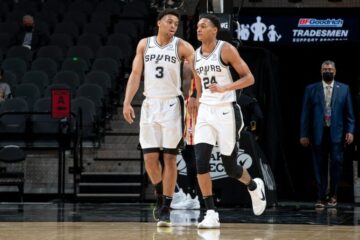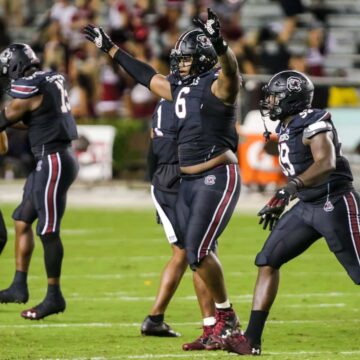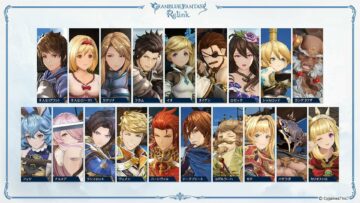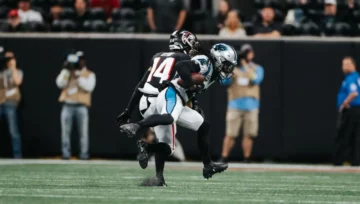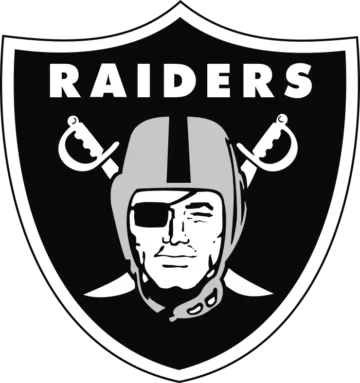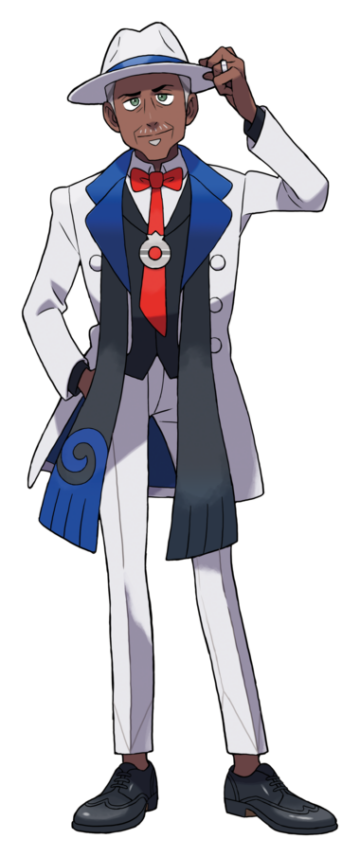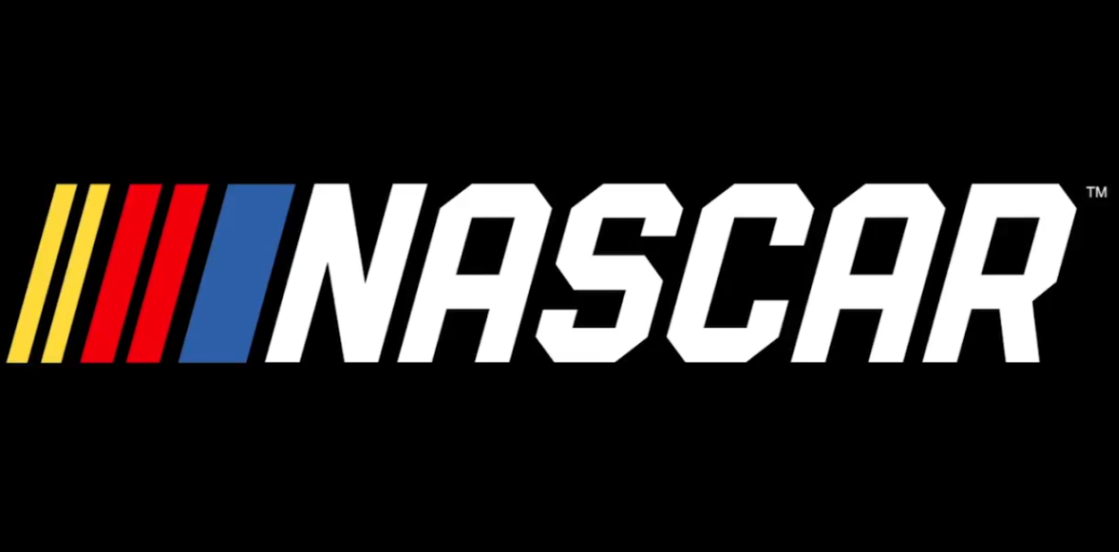
When NASCAR announced that the spring race at Bristol would return to concrete after three years of running on dirt, it was a sigh of relief. Bristol on its traditional surface has been one of the top races on the schedule for years, and losing it to an artificial dirt race was controversial.
Even with this optimism, nobody could have expected what was in store for the concrete’s return.
Tire Chaos
It became clear early in the race that tires were getting chewed up quicker than anticipated. Cars were dropping off the pace or completely blowing a right side tire just 40 laps into a green flag run. With 500 laps to run and only ten sets of tires, the race quickly became one of conservation.
With everybody saving their tires, the field was bunched up for much of the early run. Cars raced side by side, swapping positions up and down the field. It was a mental battle as much as anything, with drivers needing to focus on not overdoing their tires in their quest to gain positions.
When the green flag run reached that 40 lap mark, chaos unfolded, Drivers who saved the life in their tires pierced their way through the ones who did not. It might just have been the closest NASCAR has gotten to multi-class racing. It was a sight to behold.
Most of the time this happened, it ended in a caution. Either a car spinning on their own or a multi-car incident. But to finish the race, a full green flag pit cycle occurred. The winner needed to manage their tires and competition best over 120 laps of green flag racing.
The Joe Gibbs Racing Toyotas were the class of the field all day. Of the four, Denny Hamlin prevailed and took the win after fighting off Martin Truex in the final laps.
A giant exhale might have come out of every pit box once the checkered flag flew.
Why Was Tire Wear So Bad?
NASCAR and Goodyear were unsure of why tire wear was so extreme. Goodyear brought the same tire that they brought to last year’s fall race at Bristol. NASCAR used the same package. The only difference was that resin was laid down on the bottom groove instead of the typical PJ1.
Tire wear usually declines as rubber builds on the racing surface, but cooler temperatures prevented that from happening. The only way to save tires would be to drive tentatively.
Old School Racing
To say this race was ideal would be a lie. It was messy. At times, it was dangerous. But after years upon years of lackluster racing, Sunday’s race at Bristol was a breath of fresh air.
There was no talk about dirty air. There was no talk about aero packages. There was no talk about track position or the cars all running the same speed.
This was the early days of NASCAR. This was those nights racing late models at the local short track. This was a test of man and machine and nothing else.
For once, we got a reminder of what makes NASCAR so great. What makes racing so great.
Refinements
While the extreme tire wear was fine for a one-off race, it is not sustainable. Finding a balance between too much and too little tire wear will be key for Goodyear.
Greg Stucker from Goodyear spoke on this.
“Tire wear is always the goal. That’s what people wanted to see. It creates comers and goers and who manages tires the best,” Stucker said. “We thought we were in a really good spot last year with the tire as we raced it in the fall and something is different now. So, this is too drastic.”
The next race at Bristol takes place under the lights in late September. Considering the same tire was used from that same race last season, it will be interesting to see what approach Goodyear takes.
NASCAR next heads to the Circuit of the Americas in Texas for the first road course race of the season.
Image courtesy of NASCAR.com
Stay tuned each week for more news and analysis from the world of motorsport
“Follow” the The Game Haus and Wenger on X for more motorsport coverage, as well as other sports and esports.
“From Our Haus to Yours!”
- SEO Powered Content & PR Distribution. Get Amplified Today.
- PlatoData.Network Vertical Generative Ai. Empower Yourself. Access Here.
- PlatoAiStream. Web3 Intelligence. Knowledge Amplified. Access Here.
- PlatoESG. Carbon, CleanTech, Energy, Environment, Solar, Waste Management. Access Here.
- PlatoHealth. Biotech and Clinical Trials Intelligence. Access Here.
- Source: https://thegamehaus.com/sports/bristol-provides-one-of-the-most-surreal-races-in-nascar-history/2024/03/18/
- :has
- :is
- :not
- $UP
- 120
- 40
- 500
- a
- About
- After
- AIR
- All
- always
- Americas
- an
- analysis
- and
- announced
- Anticipated
- anything
- approach
- artificial
- AS
- At
- Bad
- Balance
- Battle
- BE
- became
- been
- behold
- BEST
- between
- Blowing
- Bottom
- Box
- Breath
- bristol
- brought
- builds
- but
- by
- car
- cars
- caution
- Chaos
- circuit
- class
- clear
- closest
- come
- competition
- completely
- concrete
- CONSERVATION
- considering
- controversial
- could
- course
- courtesy
- coverage
- creates
- cycle
- Dangerous
- day
- Days
- Declines
- DID
- difference
- different
- dirt
- down
- drive
- drivers
- Dropping
- each
- Early
- either
- else
- ended
- esports
- Every
- everybody
- expected
- extreme
- Fall
- field
- fighting
- final
- finding
- fine
- finish
- First
- Focus
- For
- four
- fresh
- from
- full
- Gain
- game
- getting
- giant
- goal
- good
- got
- great
- Green
- happened
- Happening
- Have
- heads
- history
- HTTPS
- ideal
- in
- incident
- instead
- interesting
- into
- IT
- ITS
- joe
- just
- Key
- Lackluster
- laid
- Last
- Last Year
- Late
- lie
- Life
- lights
- little
- local
- losing
- machine
- MAKES
- man
- manage
- manages
- mark
- Martin
- mental
- might
- models
- more
- most
- motorsport
- much
- needed
- needing
- news
- next
- no
- nobody
- nothing
- now
- occurred
- of
- off
- on
- once
- ONE
- ones
- only
- Optimism
- or
- Other
- our
- out
- over
- own
- Pace
- package
- packages
- People
- PIT
- Place
- plato
- Plato Data Intelligence
- PlatoData
- position
- positions
- prevented
- provides
- quest
- quicker
- quickly
- Race
- races
- racing
- reached
- really
- relief
- reminder
- Resin
- return
- right
- road
- rubber
- Run
- running
- Said
- same
- Save
- saved
- saving
- say
- schedule
- School
- Season
- see
- September
- Sets
- Short
- side
- Sight
- So
- something
- speed
- Sports
- Spot
- spring
- store
- Sunday’s
- Surface
- sustainable
- swapping
- takes
- Talk
- ten
- test
- texas
- than
- that
- The
- the world
- their
- There.
- they
- this
- those
- thought
- three
- Through
- time
- times
- tire
- tires
- to
- too
- took
- top
- track
- traditional
- tuned
- typical
- under
- upon
- used
- usually
- wanted
- was
- Way..
- we
- wear
- week
- WELL
- were
- What
- WHO
- why
- will
- win
- winner
- with
- world
- would
- X
- year
- years
- zephyrnet




